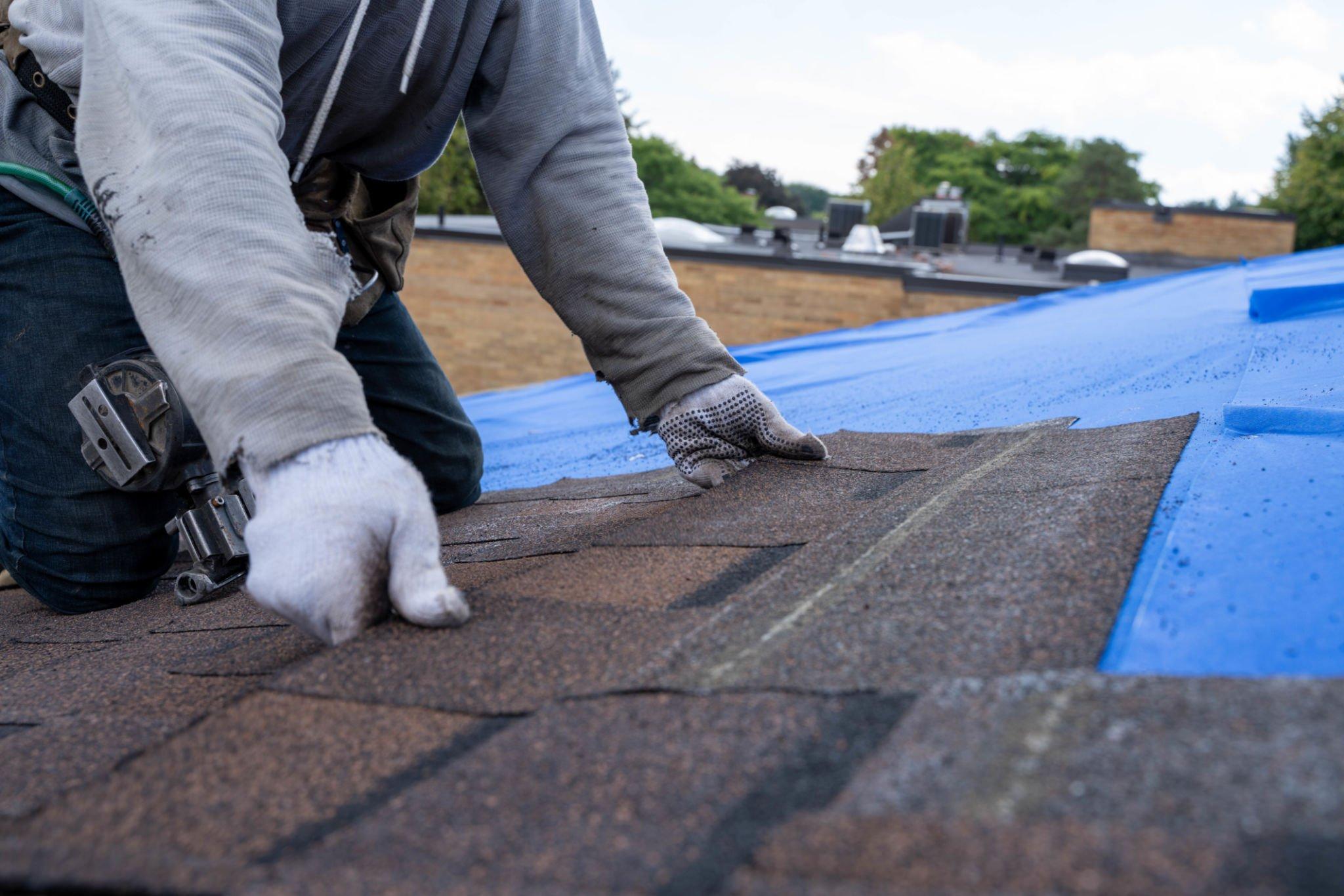Your roof serves as your home’s first line of defense against the elements. Over time, it’s subjected to the relentless forces of weather, wear, and tear. Recognizing the signs of its deterioration is crucial to preventing further damage and avoiding costly repairs. From subtle clues like minor leaks to more obvious indicators such as missing shingles or sagging sections, these signs can’t be ignored.

In this article, licensed contractors delve into the key red flags that suggest your roof might be in trouble. By understanding when to call professionals, you can address issues promptly and ensure the long-term integrity of your home’s protective covering.
How do you know if your roof is going bad?
Recognizing the warning signs early on is essential to efficiently protect your home. Let’s explore the telltale indicators of a decaying roof:
1. Age
The age factor in the overall health. Most materials have a limited lifespan, and as they age, they become more susceptible to damage. Typical asphalt shingles, for example, last around 20 to 25 years. If your roof is approaching or has surpassed its expected lifespan, it’s wise to have it inspected by a professional to assess its condition.
2. Curling or buckling shingles
Curling or buckling shingles are a clear sign of deterioration. Shingles that have begun to curl at the edges or buckle in the middle are no longer providing effective protection. They can allow water to seep underneath, leading to leaks and water damage in your home.
3. Missing shingles
Missing shingles not only compromise the appearance but also expose your home to potential damage. Shingles can go missing due to strong winds, severe weather, or simply due to their age. If you notice patches of missing shingles, it’s time to take action.
4. Leaks and water stains
Water stains on your ceilings or walls are obvious indicators of a roof leak. By the time water stains become visible inside your home, the damage may have already progressed significantly. Regularly check your attic for any signs of leaks, and address them promptly to prevent further water infiltration.

5. Granule loss
Asphalt shingles are coated with granules that protect them from the sun’s UV rays. If you find an excessive amount of granules in your gutters or downspouts, it’s a sign that your shingles are deteriorating. Granule loss can accelerate the aging process of your roof and lead to premature failure.
6. Sagging deck
A sagging or drooping deck is a serious concern that requires immediate attention. It indicates structural damage, which could result from a variety of factors, including water damage, poor attic ventilation, or the weight of accumulated snow.
7. Moss and algae growth
While moss and algae might seem harmless, they can actually cause significant damage to your roof. They trap moisture against the shingles, leading to deterioration over time. If you notice them on your roof, especially in humid climates, it’s time to address the issue.
Read also: 8 Professional Tips to Keep Your Floors Spotless
8. Increased energy bills
A failing roof can compromise your home’s energy efficiency. If you notice a sudden increase in your energy bills, it could be due to inadequate insulation or ventilation caused by a deteriorating roof.
9. Visible exterior damage
Take a walk around your property and inspect your roof from the ground. Look for any visible signs of damage, such as cracked, warped, or blistered shingles. Binoculars can be handy for a closer look if you’re not comfortable climbing onto your roof.
10. When to call professionals
While some minor repairs can be manageable as DIY projects, certain issues require the expertise of professional roofers. If you’re experiencing leaks, extensive damage, or structural concerns like sagging, it’s time to call in the pros.
Similarly, if you’re uncertain about the severity of the issue or lack the necessary tools and skills, it’s best to rely on experienced roofers who can accurately diagnose and address the problem.



